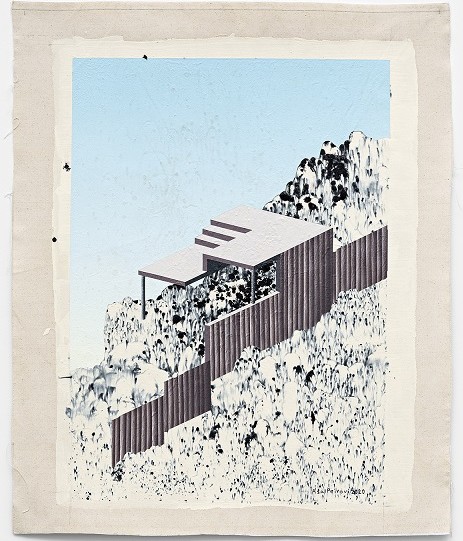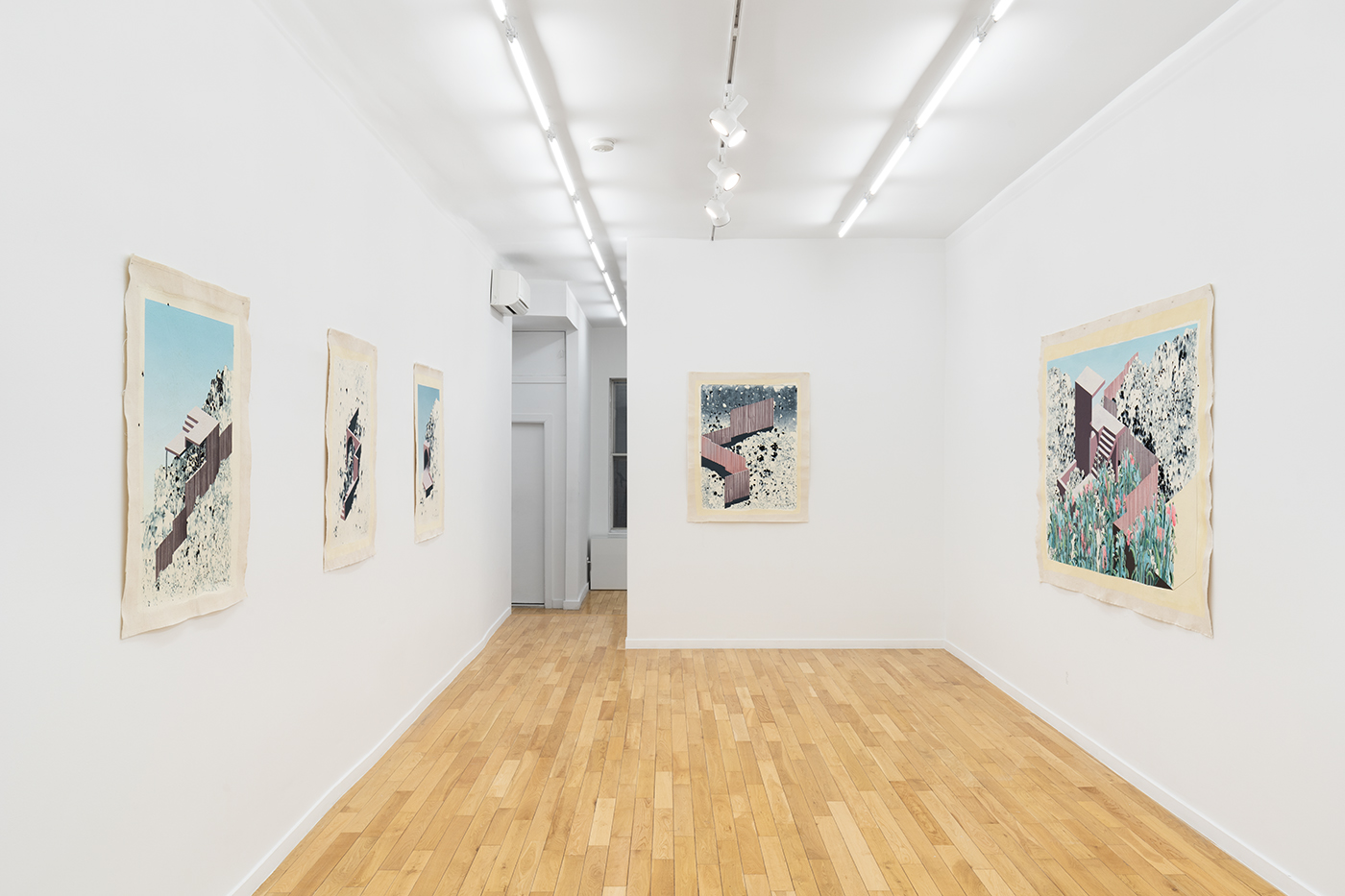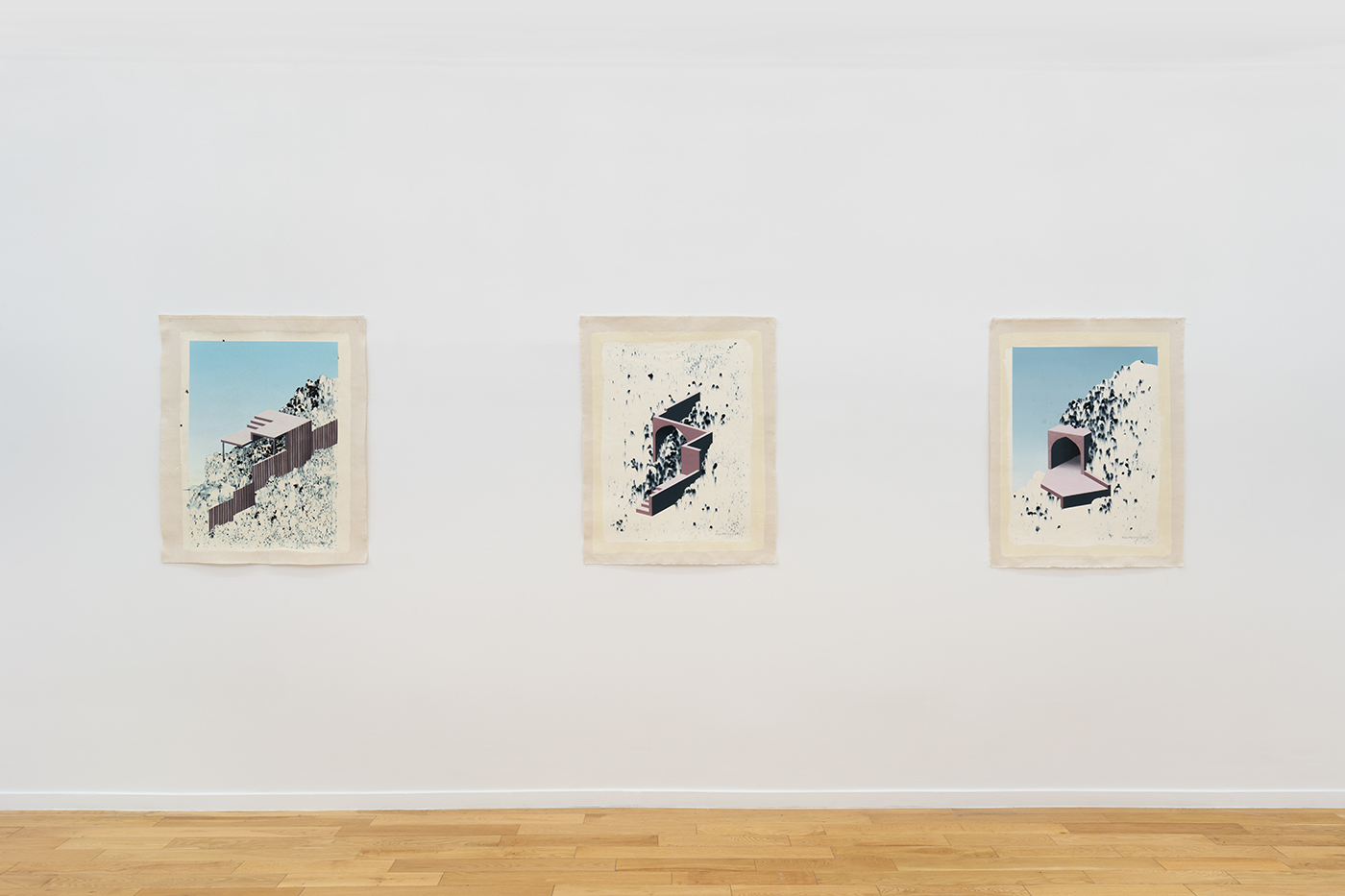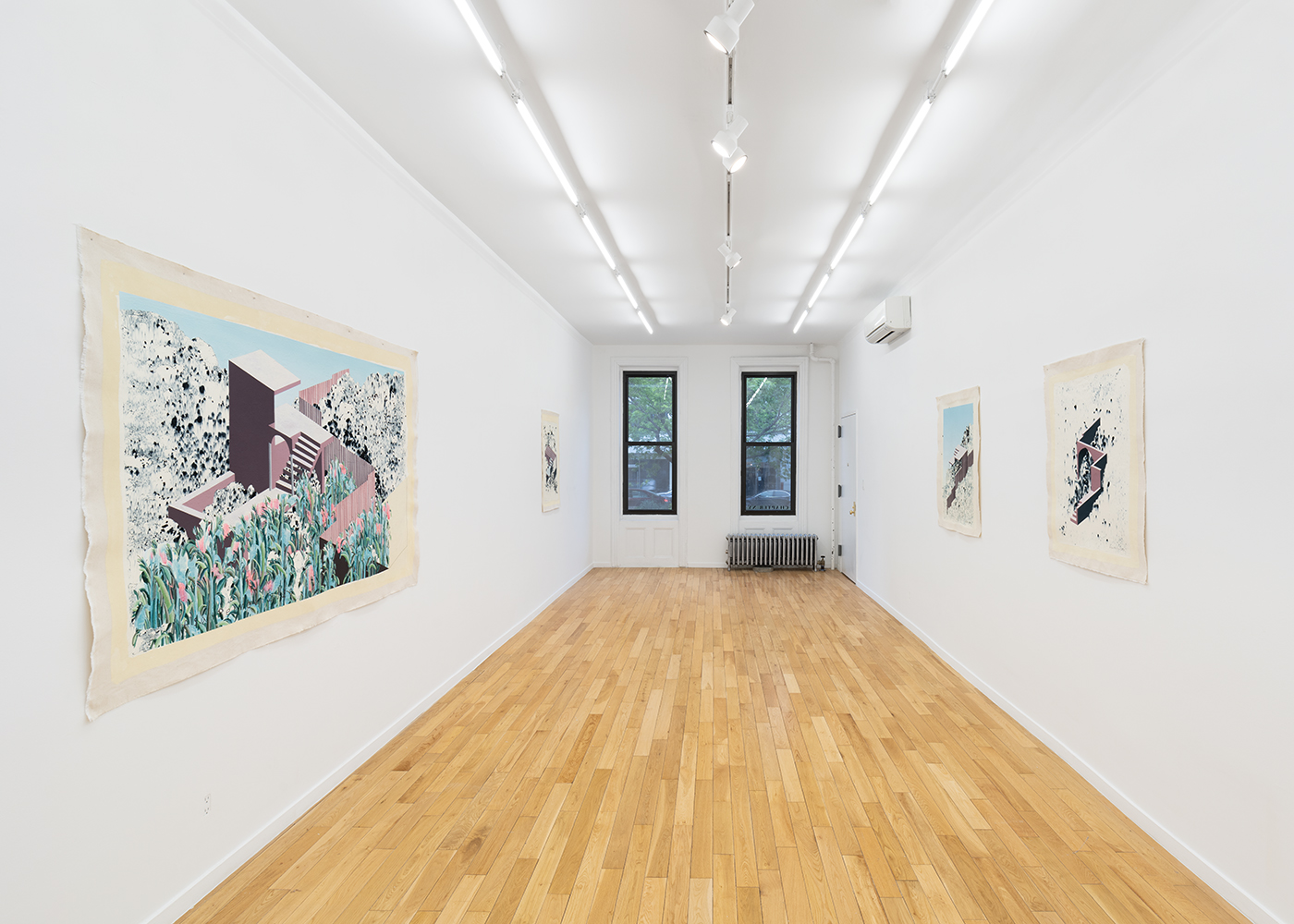New York,
Location 60 Walker Street New York, NY 10013
5 May 2021 - 14 May 2021
To have penned down a log of one’s travels often denotes an early concern, a prior dissatisfaction transcending expectations, and a fixed will to discern the condensed experience of temporal motion. By an intention to ‘travel’ and move between and towards destinations, we implant in ourselves an unattainable reward —an upcoming change that is guaranteed to stem from the very act of leaving where we are, perhaps never returning, while pre-assuring ourselves that things will certainly be different once we embark on the journey, continuously learning along the way.
Following the old tradition of oral retelling of journeys, written travel accounts, and the long history of narrative tools, perceiving our own journeys as fictional allegories has become almost instinctive. And more often than not, such a reading of the traversed path forms once it is being reviewed. This is one of the ways which Asal Peirovi probes into her repeated experience of moving between two cities, and a more distant past that although does not directly belong to her, she has appropriated by contemplating over throughout the years of making the journey. In that sense, she makes seemingly singular and accessible images, landscapes, and details, like when sketching out the route on a map, aiming to convince herself of the distances she regularly travels while staying focused on delving ever so deeper into an event that took place somewhere along the same path, before she was born.
Moving out of her hometown Sari, the capital city of Mazandaran Province in Northern Iran, to study Painting at Tehran’s Shahed University in 2004, she regularly boarded the train to travel between the two cities. The train route, often described as the greenest and most beautiful of the Iranian railroads, combines some of the most striking scenarios of forests, mountain ranges, plateaus, small villages, and roads, making up some of the most fascinating landscapes a traveler could wish for. Departing Sari, the slow but determined train stirs into the ancient Hyrcanian forests, under the mythical Alborz mountain range, and slowly enters the vast metropolitan area of Tehran. There are so many natural views to watch for, yet it is difficult not to carefully watch the train go across the rail tracks on the iconic Veresk Bridge, or revel in the darkness of Gadook Tunnel, both once-under-threat relics of a strangely unfamiliar time in the country’s past.

Artists
Available Nearby Exhibitions
The Sacred Circus - Suspended Myths
New York
7 November 2025 - 19 December 2025



